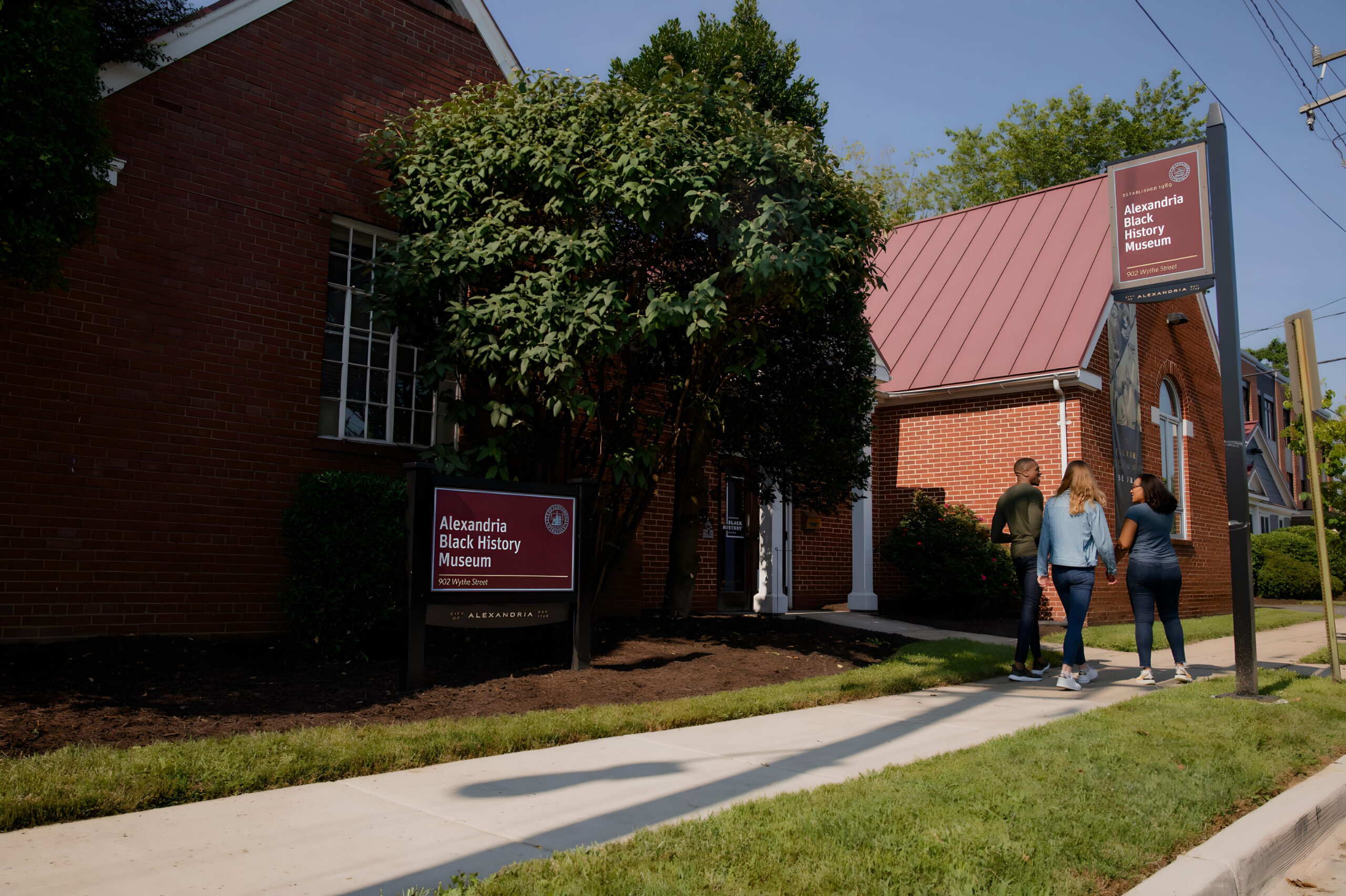Places to Visit in Alexandria During Black History Month

Alexandria, VA – Interested in seeing local historic sites during Black History Month? Here are five very unique places in Alexandria.
Freedom House Museum

1315 Duke St.
A National Historic Landmark, Freedom House Museum encourages visitors who walk through to learn about the Black people who were trafficked through Alexandria during slavery. The building is all that remains of a large complex that trafficked men, women, and children from 1828 to 1861. As a museum, “it seeks to reframe white supremacist history,” according to the museum’s webpage.
Alexandria African American Hall of Fame
Charles Houston Rec Center
901 Wythe St.
The Hall of Fame honors local Black leaders in education, medicine, and other fields, who played a part in making Alexandria the city we live in today.
Alexandria Black History Museum

902 Wythe St.
Right next door to the Hall of Fame is the Black History Museum. This museum documents the local and national contributions of Blacks in America. It is the former site of Alexandria’s segregated library for Black residents.
Alexandria Archaeology Museum

Torpedo Factory Art Center, 3rd Floor

105 N. Union St.
The museum’s newest exhibit tells the story of city wharves, taverns, and other locations during the Civil War.
Contrabands and Freedmen Cemetery Memorial
1001 S. Washington St.
This memorial park honors men, women, and children interred at the cemetery after they escaped from slavery. This is the final resting place of 1,800 people who fled to Alexandria, occupied by the Union, to find freedom.
ICYMI: As Alexandria’s First Black Female Mayor, Gaskins Makes History at Inauguration




